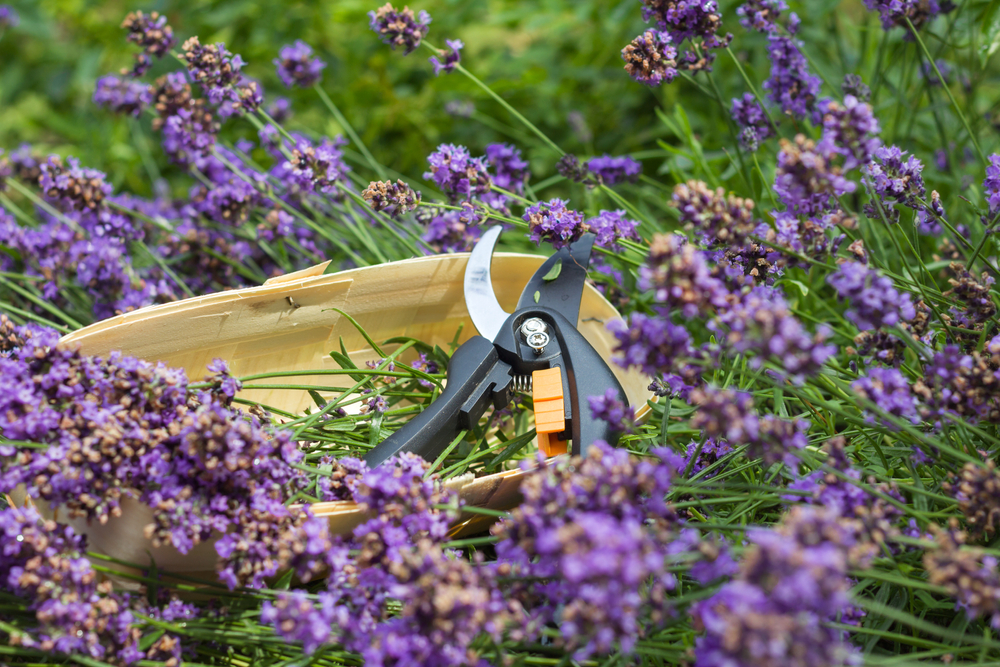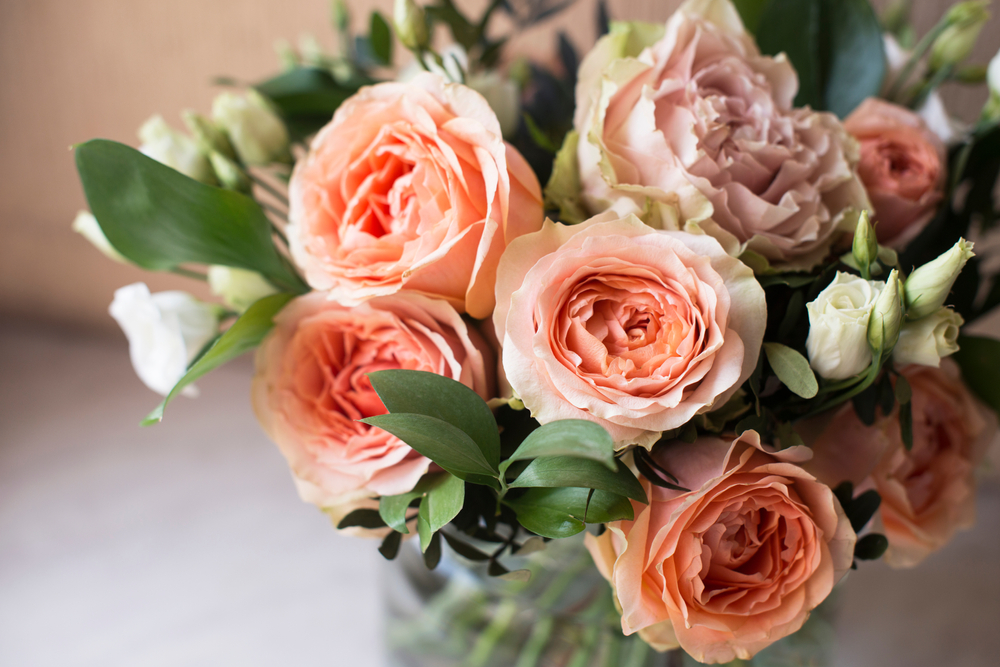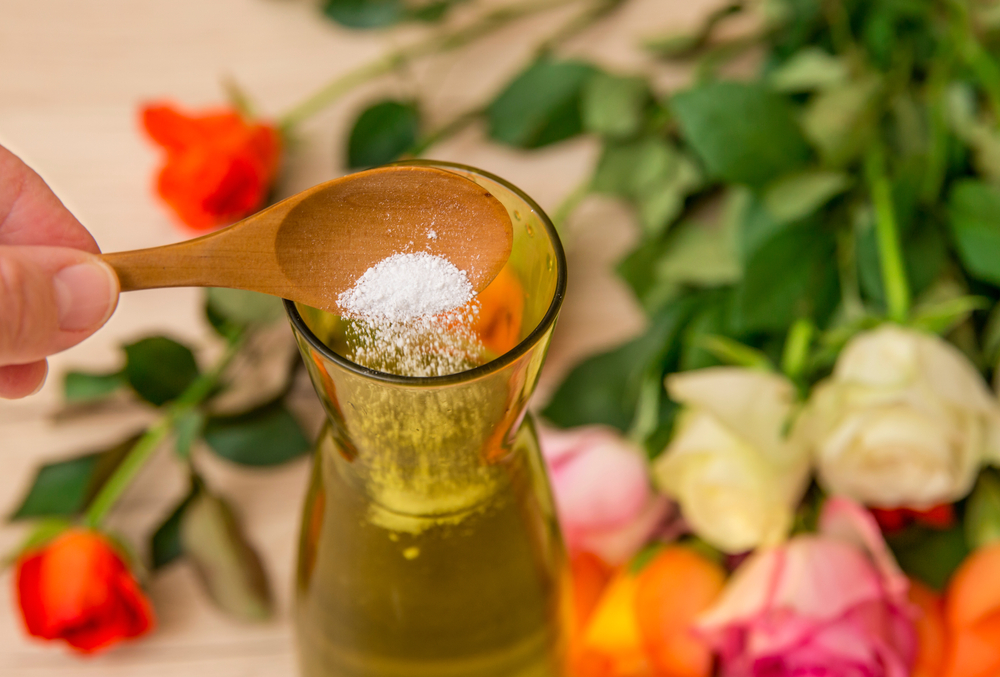Posted by Amber Williams on 12th Apr 2022
Gardening for Beginners: How to Cut Flowers for Bouquets

You’ve nurtured your favourite blooms to flower, taking care to tend to their every need. The next step? Displaying the fruits of your labour in your favourite vase where they can be appreciated day in and day out!
Cutting flowers might sound like a straightforward task, but there are some techniques to make the job easier and more productive. So, if you’re here to learn how to cut flowers for bouquets the professional way, then you’re in the right place!
Which Plants Can You Cut?

Many plants, from perennials to shrubs to bulbs and beyond will grow beautiful blooms that will look perfect in a vase. Here are just a few examples...
Dahlias come in all kinds of shapes and sizes, proving year after year to be a gorgeous cut flower bloom. Regardless of what variety you choose, whether it’s pompom dahlias or dinner plate dahlias, you’re guaranteed to impress guests with these sensational Dahlia flowers.
Roses are classic for a reason – they're unbeatable! There’s nothing better than a bouquet of roses proudly displayed in the centre of a dinner table, especially ones you’ve grown yourself. Both climbing roses and rose bushes grow perfect blooms for a bouquet.
Hydrangeas are big and beautiful, creating an influx of blooms for months and months on end. Their flowers make a nice and full bouquet too! They certainly prove themselves to be a reliable and plentiful plant, allowing you to nick some flowers once the ones in your bouquet look a bit sad.
Need more inspiration for plants that create the perfect flowers for cutting? Discover more by reading our blog How to Grow a Cut Flower Garden.
Why We Cut Flowers
Not only does cutting plants give you a pretty indoor display –but it also helps your flowers thrive! In fact, annuals will bloom for longer when given a regular trim, allowing the plant to grow new flower heads in their place.
This also rings true for many bulbous plants like Daffodils and Tulips. Once you’ve cut the stem just after it has begun to flower, the bulb will concentrate its energy into growing a new bud, similar to when you deadhead
How to Cut Your Flowers

Cutting flowers is easy, right? A simple task by any means. Although you could go around cutting flowers here and there, this could affect the longevity of the flower's life in the vase. Here are some of our top tips for cutting your favourite blooms.
Pick the Right Time of day – As you would water flowers in the morning, the best time to cut them is also in the early to mid-morning! This is so the stem still has hold of its moisture. If you cut them later in the day, their stems won’t be as firm and will struggle to revive in the vase, affecting its lifespan.
Be prepared – When cutting your flowers, have a bucket of water with you that you can put them in straight away. This ensures that they don’t dry out!
Take note of their stage of life – The best time to cut flowers is just after they’ve flowered or have begun to flower. If it’s a stem with multiple buds, you can cut them if one flower is flowered, and the others are in bud. Cutting flowers that are still in buds won’t flower and cutting them too late after flowering won’t see them last longer.
Use sharp tools - Crushing the stem will affect the way the stem takes in water, affecting their lifespan.
Use Warm water– Florists often use lukewarm water in the vase, rather than cold. The science behind this states that warm water moves faster than cold, allowing the plant to soak it up at a faster rate and much easier. This allows your bouquet to soak up all those lovely nutrients as soon as possible.
Use flower feed – There‘s a reason shop-bought bouquets give you a lovely little sachet of plant feed. These are filled with nutrients that will keep flowers blooming for longer! You can even make your own plant feed at home.
Learn how to make your own cut flower food here.

